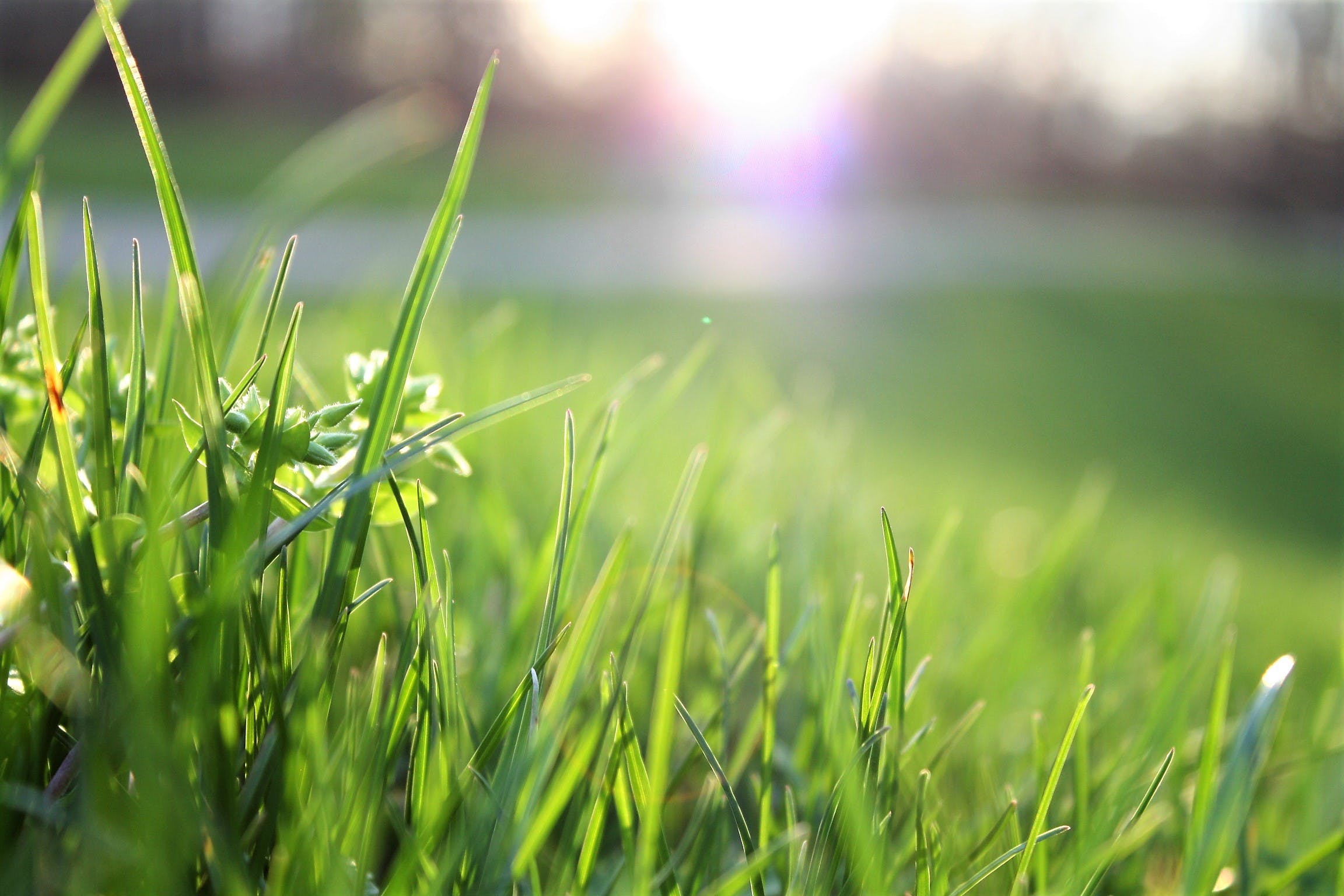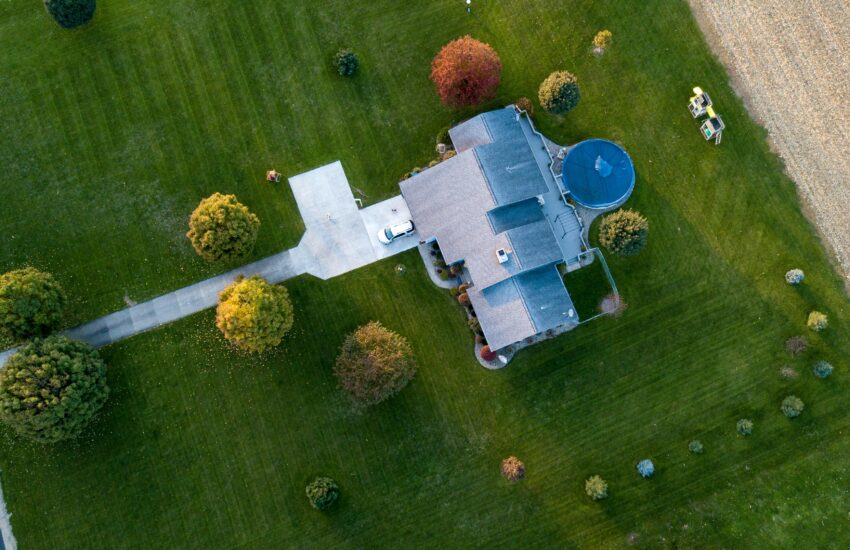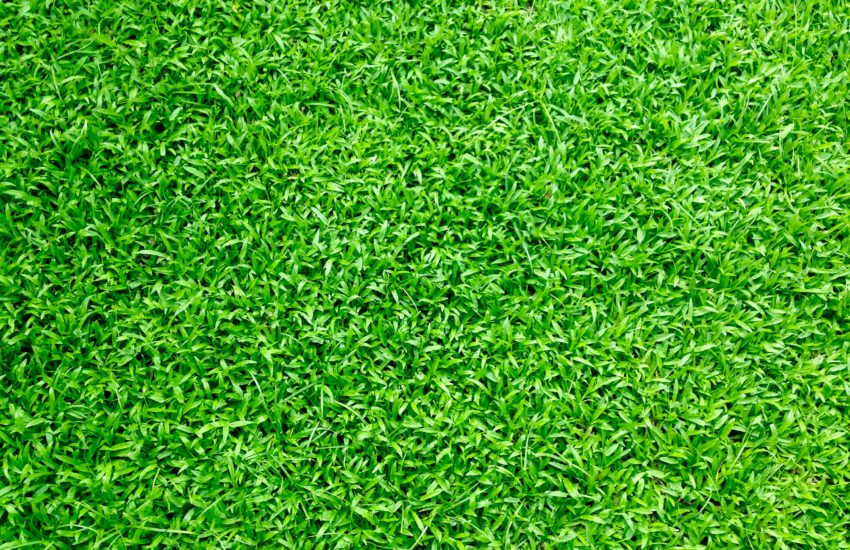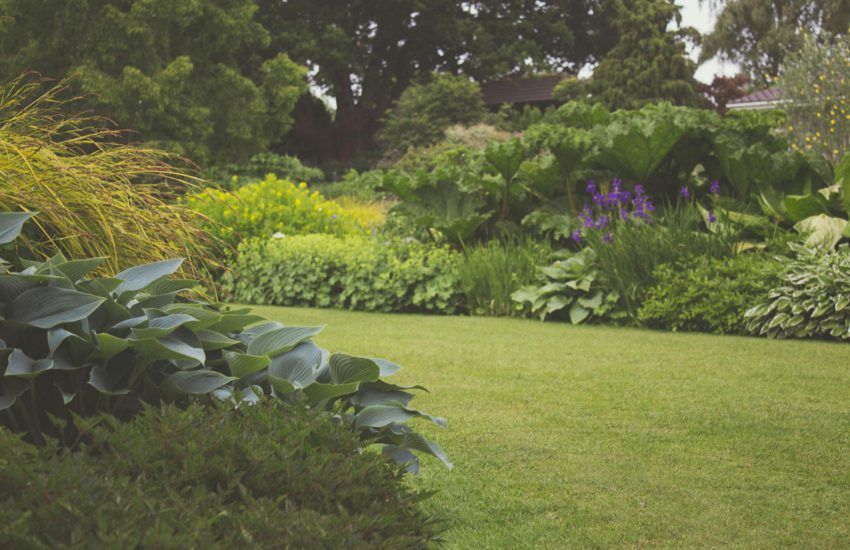Native Species Build Urban Green Areas Faster
In less than three decades, 66% of the world’s population will live in urban areas. Air pollution, congestion, and waste management challenges will increase alongside this population growth. Climate change and increased population challenges are greatest in large cities. But these cities can also play a vital role in managing pollution with a native tree nursery. These smart cities can use technology collection to strengthen cities and reverse negative trends.
Smart City
A smart city is a modern urban area that uses different types of technology to collect specific data. Collected data may come from devices, buildings, citizens, and other assets. With that data, cities can better manage resources and services and improve operations. Smart cities can also use the data to analyze and plan. With the data, smart cities can increase sustainability as the city grows.
The common concept of ‘smart city’ derives from technology tools. These include Information and Communication Technologies (ICTs) and the Internet of Things (IoT).
The second type of city, “smartness,” focuses on people. The ICTs act as tools to drive citizen engagement and mobilization. This harnesses social capital, entrepreneurship, and innovation or the knowledge economy. Both tools can help cities decrease greenhouse gas emissions and improve energy efficiency.
Using a Native Tree Nursery
Urban forests and other green infrastructure address diverse, growing urban challenges. These green solutions are critical components of urban sustainability and resilience. Incorporating sustainability in smart city approaches helps ‘smarten up’ sustainable city models. The sustainability model improves the lives of urban citizens with lasting and expanding benefits. There is no doubt that people in cities connect with trees and plants. Smart, sustainable cities should value how trees connect to people’s quality of life. This includes ultimate goals such as environmental, economic, or social sustainability. Creating more green spaces in urban areas adds natural beauty to cities. It can also improve the health and well-being of its residents. The increased biodiversity in urban areas can reduce smog and air pollution. It can also reduce stormwater issues, trap CO2, and help pollinators and songbirds.
Solutions
One option could be adding more forests and parks. Yet, with space at a premium, these may not be practical. In the past, forests and parks were large areas. Many small-scale planting models could generate similar benefits to a large forest.
One such model is the mini forest. Mini forests can thrive in underutilized lots as small as a tennis court. Also, mini forests can add up to make big benefits in a city. A native tree nursery can help pick the right trees for the environment.
Akira Miyawaki, a graduate student in the 1950s, first thought of the idea of mini forests. In Japan, he noted mature forests had greater biodiversity than landscaped gardens. Mature forests take centuries to grow and acres of land. Miyawaki began studying ways to engineer faster-growing mature mini-forests.
Miyawaki’s idea was successful and simple. He looked to the native species of old forests. With diverse native trees and shrubs, he found he could grow a mature forest in a fraction of the time it would normally take.
Urban lots can also provide the space for food forests. Urban agroforestry is the concept of integrating trees and perennial crops into communities. These plots can increase the economic, ecological, and community resilience of urban areas.
Conservation buffers are another smaller planting model with big environmental benefits. The planted strips help manage stormwater runoff, reduce erosion, and provide wildlife habitat. The roots also filter out toxic chemicals from water before reaching waterways.
Native species could be the big answer for increasing urban green areas faster.
Native species are important to our mission to ‘restore Earth’s ecosystem one tree at a time’. We have the inventory and expertise to help you with restoration projects of any scope, in the backyard or the back forty!




